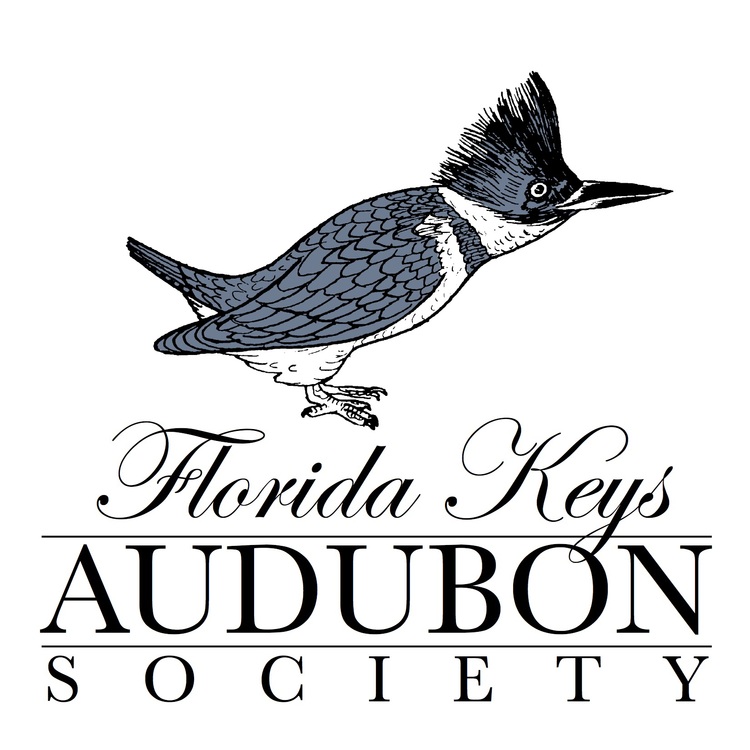Butterflying in the Florida Keys
By Mark Whiteside, President, Florida Keys Audubon Society
Butterflies are among the most beautiful and mysterious creatures in nature. They are around us all the time (year-round in South Florida), but go mostly unnoticed. As the novelist and lepidopterist Vladimir Nabokov said: “It is astonishing how many people don’t notice butterflies.” Like birding, butterflying will get you outside and moving. Butterflies have been associated with freedom, spiritual growth, and the human soul. Observing and studying them can definitely improve your physical and mental health.
Butterflying is a fairly recent phenomenon in the United States, having taken off in the 1980s with the development of close-up binoculars and digital photography. Increasingly viewed as a resource to be conserved, most butterfly watchers today pack binoculars and cameras rather than nets. To get started with butterflies, you just need to start looking for them and become familiar with the ones in your neighborhood. Butterflies are easier to photograph than birds, and you can get started in that endeavor with just a little knowledge of butterflies and a camera. Butterflying is also associated with travel, hiking, and camping.
Butterfly gardening is one of the most rapidly growing pastimes in the country. To create a successful butterfly garden, plant native flowering plants for nectar and other species of plants that caterpillars eat. Allowing for a few weeds will attract butterflies, as well.
The greatest diversity of butterfly species is found in the tropics: Of the 750 or so species of butterfly in North America, about 160 have been found in Florida.
South Florida has about 18 species of butterfly that are declining or imperiled. Some of the well-known endangered species of butterfly in the Florida Keys include: the Schaus’ Swallowtail, the Miami Blue, and the Bartram’s Hairstreak. There are several reasons for the decline and/or disappearance of butterfly species: habitat loss, climate change, parasites, and pesticides. Nationwide, single-crop agricultural practices and suburban preferences for clean lawns and non-native glasses and plants have affected butterfly numbers and distribution. Salt water intrusion from storms (most notably, Hurricane Wilma in 2005) had a dramatic effect on certain butterflies in the Keys. Like birds, butterflies with specialized habitat requirements are more vulnerable.
Some of the most common and conspicuous butterflies you will see in the Florida Keys include the whites (Great Southern White), sulphurs (Orange-Barred and Large Orange), Giant Swallowtail, the Monarch, the Peacock, the Mangrove Buckeye, and the Mangrove Skipper, as well as the tropical long-winged butterflies like the Gulf Fritillary, the Zebra (the state butterfly) and the Julia (more common in the Upper Keys). You have to begin to look down for the tiny butterflies the size of your thumbnail, like the blues (Cassius and Ceranus Blue), hairstreaks (like Gray and Mallow Scrub Hairstreak) and some of the skippers (Fiery Skipper).
In the Florida Keys, you are guaranteed to see butterflies just by walking down your street, peeking into a vacant lot or strolling the beach. The same parks and preserves that are good for seeing birds will be good for seeing butterflies. State parks from Dagny Johnson Key Largo Hammock Botanical State Park to Bahia Honda State Park to Fort Zachary Taylor State Park in Key West (each with a butterfly garden) will all have a variety of butterflies. Native butterflies in Key West can be found at The
Tropical Forest and Botanical Gardens (Stock Island), the Fran Ford White-Crowned Pigeon Preserve on Government Road, and the butterfly garden at West Martello Tower.
Originally printed in the Monroe Country Health Department's booklet, "Motion on the Ocean."
References:
A good introduction to Florida’s butterflies is: Florida’s Fabulous Butterflies by Thomas C. Emmel (World Publications CA,1997).
The best guide to finding butterflies in parks and preserves in the Florida Keys is Butterflies Through Binoculars: A Field, Finding, and Gardening Guide to Butterflies in Florida by Jeffrey Glassberg, Marc Minno and John Calhoun (Oxford Press, 2000).
Butterflies of the Florida Keys: A Guide to Common and Notable Species (QuickReferencePublishing,Inc.,BoyntonBeach, FL) is both inexpensive and very handy.
A good field guide to butterflies throughout North America is Field Guide to the Butterflies of North America by Jim Brock and Kenn Kaufman (Houghton Mifflin Company, 2003).
